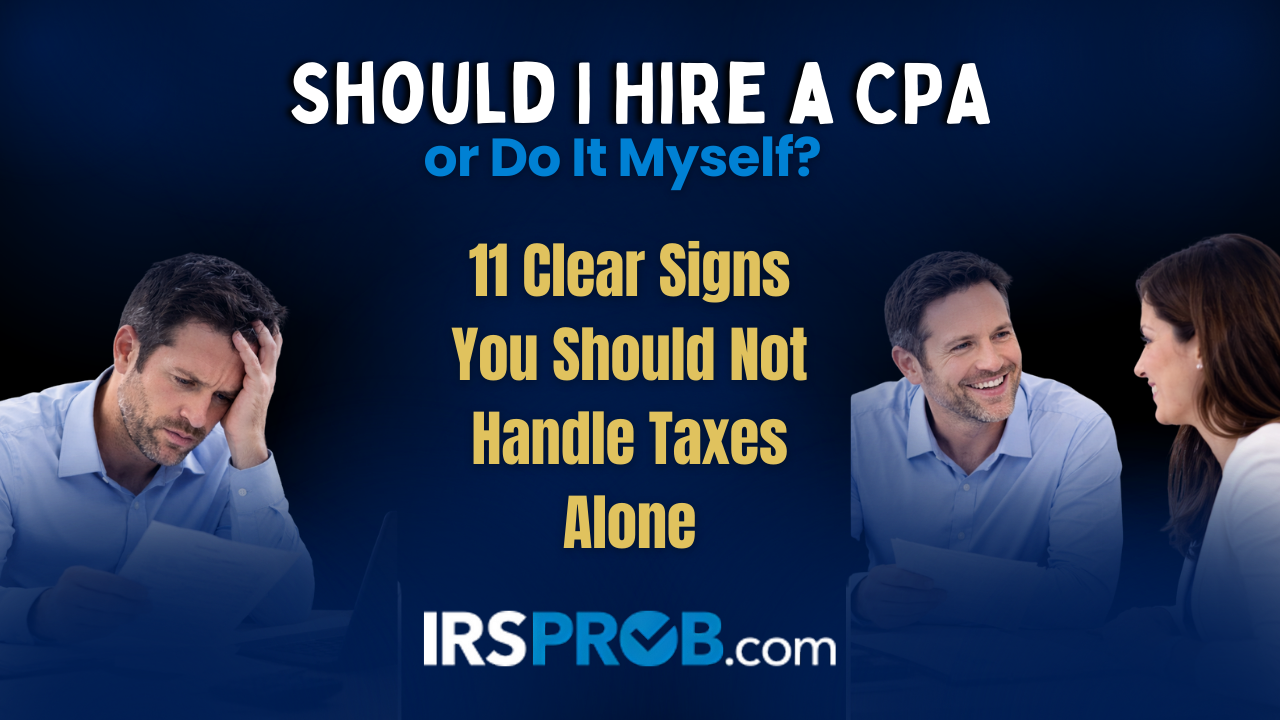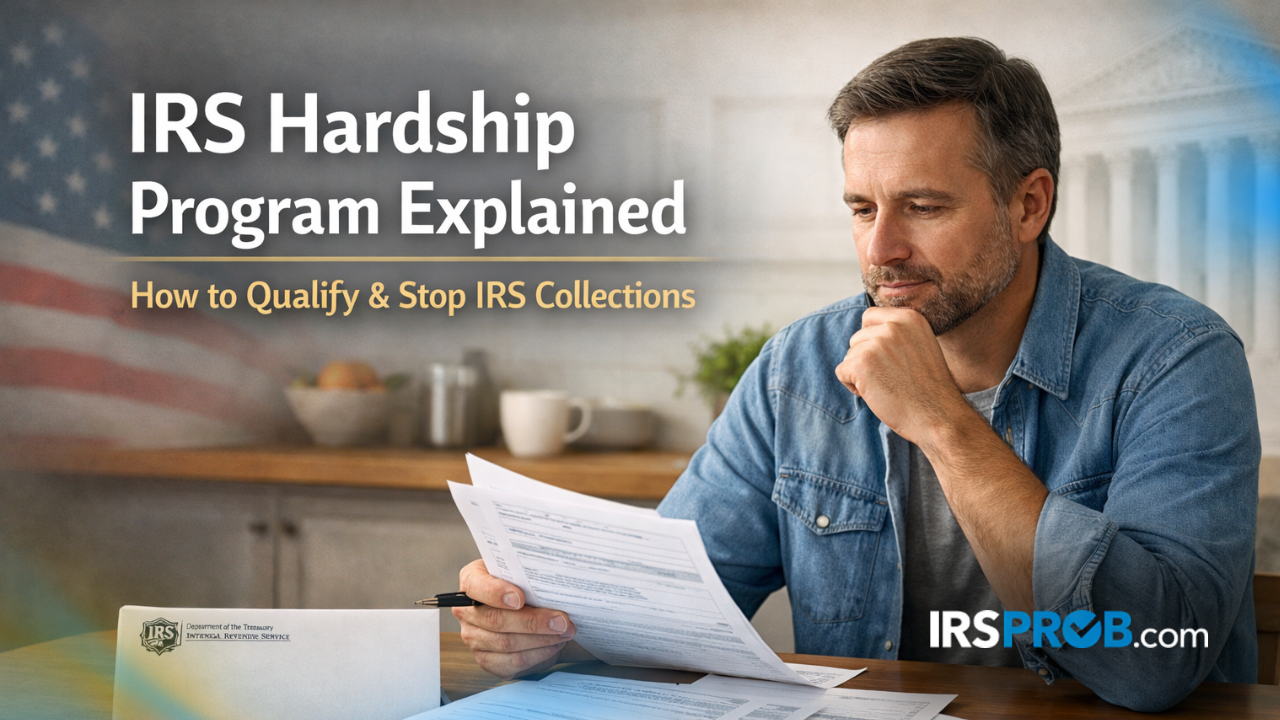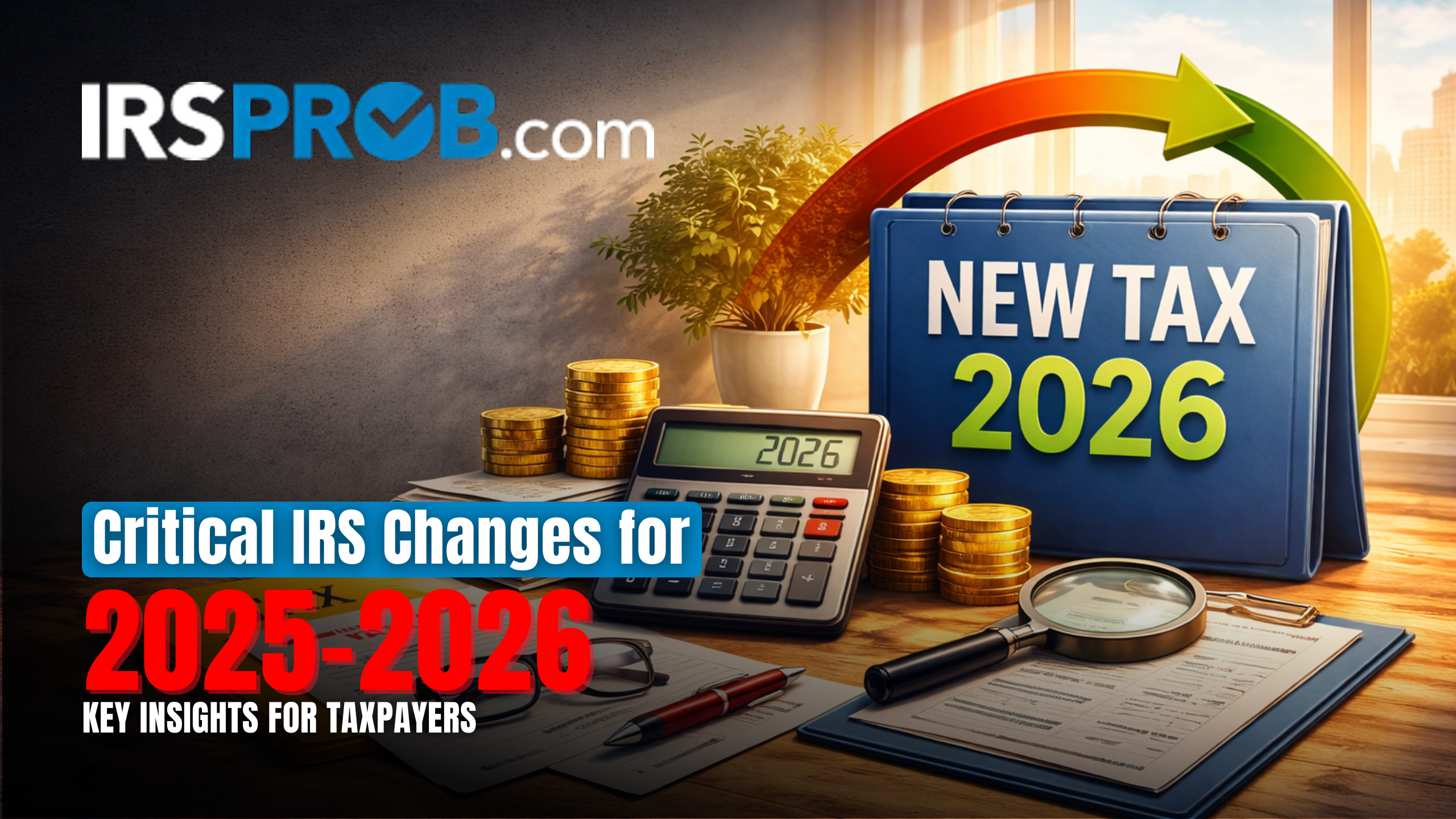
Rolling over your 401k into an IRA isn’t just about moving money from one account to another. It’s about taking full control of your retirement savings and setting yourself up for financial success in the long run. A 401k rollover IRA provides you with the flexibility to grow your investments tax-deferred, diversify your portfolio, and save money on fees. However, with all these opportunities comes the responsibility of navigating the process correctly to avoid costly mistakes, penalties, and taxes. Here’s everything you need to know to make the most out of your 401k rollover.
1. Why a 401k Rollover Beats Staying Put
If you’re thinking about keeping your 401k with your former employer after leaving the job, think again. Rolling it over into an IRA gives you much more control over your investments. With an IRA, you have access to a broader selection of investment options like ETFs, mutual funds, bonds, and more. Your old 401k may have limited options or high fees. An IRA allows you to pick a custodian that offers lower fees and gives you flexibility in your portfolio management.
Additionally, by rolling over your 401k, you can avoid paying the 10% early withdrawal penalty if you’re under 59½ and instead opt for more tax-efficient strategies to grow your retirement savings.
2. The Trustee-to-Trustee 401k Rollover: Your Best Bet
The easiest and safest method for completing a 401k rollover is a trustee-to-trustee transfer. In this process, the funds are transferred directly from your 401k plan administrator to the IRA custodian of your choice. This means you never take possession of the funds yourself, which avoids the 20% withholding tax that your employer would otherwise apply. It also ensures that your rollover is completed within the required 60-day timeframe, avoiding the risk of it becoming a taxable distribution.
Choosing a trustee-to-trustee rollover also means no risk of early withdrawal penalties or additional tax hits, which is one of the key benefits for individuals under 59½ who are rolling over their 401k. You keep all your money working for you without unnecessary penalties.
3. When to Opt for a Roth IRA Conversion After a 401k Rollover
While a traditional IRA rollover keeps your savings tax-deferred, converting your 401k to a Roth IRA provides a unique benefit—tax-free growth and withdrawals. By paying taxes on the rollover amount upfront, you won’t pay taxes on any future growth in your Roth IRA. This can be a great strategy if you expect to be in a higher tax bracket when you retire.
Before considering a Roth conversion, make sure you can cover the taxes due at the time of conversion with non-retirement funds. Using funds from your 401k to pay for taxes would defeat the purpose of the Roth conversion. The money you contribute to a Roth IRA grows tax-free, and when you withdraw after age 59½, you won’t owe taxes on either the principal or earnings.
4. Special Rules for Employer Stock in Your 401k
If you have employer stock in your 401k, it’s crucial to understand how rolling it over into an IRA affects its tax treatment. Typically, if you roll employer stock into an IRA, you lose the special tax treatment known as Net Unrealized Appreciation (NUA). Instead, you’ll have to pay ordinary income tax on the full value of the stock once it’s sold, which could result in significant tax liabilities.
However, if you move the stock into a taxable brokerage account rather than an IRA, you can still take advantage of the NUA tax treatment. In this case, you’ll only pay ordinary income tax on the original purchase price (cost basis) and any gains are taxed at the lower long-term capital gains rates when you sell. This strategy can save you a considerable amount on taxes if you hold significant company stock.
5. Asset Location: Maximize Tax Efficiency with the Right Account
The key to a tax-efficient portfolio is knowing where to hold different types of assets. A 401k rollover allows you to position your investments in the most tax-efficient way possible.
- Traditional IRA: Best for tax-deferred growth, such as income-generating assets like bonds and real estate investment trusts (REITs).
- Roth IRA: Perfect for assets that you expect to grow significantly, such as stocks or ETFs, since you won’t pay any taxes on future capital gains and dividends.
- Taxable Accounts: Keep tax-efficient assets like index funds or tax-free municipal bonds in taxable accounts, where their tax treatment won’t cause unnecessary tax drag.
By carefully considering where you hold each asset class, you’ll be able to minimize your tax exposure and make your retirement savings last longer.
6. Diversification Strategy for Your 401k Rollover IRA
After completing your 401k rollover into an IRA, it’s essential to focus on diversifying your portfolio. A well-diversified portfolio helps reduce risk while optimizing potential returns over time.
- Pre-retirement: A balanced portfolio may consist of 70% stocks, 25% bonds, and 5% cash. Stocks provide growth potential, bonds provide stability, and cash gives you easy access to liquid funds.
- Post-retirement: As you age and enter retirement, you may want to shift your portfolio to include more bonds and cash for stability. A typical retirement portfolio might consist of 50% bonds, 40% stocks, and 10% cash. This shift reduces volatility and ensures you have enough income to cover your expenses.
7. Rebalance Your Portfolio to Stay on Track
After completing a 401k rollover, you may find that your portfolio needs periodic adjustments. Rebalancing your portfolio once a year (or more often, depending on market conditions) ensures that your investments remain aligned with your long-term goals. If you have significant gains in one area, consider selling some of those assets and reallocating them into areas that need more funding.
8. Avoid Common 401k Rollover Mistakes
- Missing deadlines: Remember, you have a 60-day window to complete an indirect rollover or risk paying taxes and penalties.
- Failing to consider Roth conversions: Don’t overlook the potential benefits of a Roth conversion for tax-free growth.
- Inadequate research on asset location: Be sure to strategically place investments in the correct accounts to minimize taxes.
9. Consider Professional Help with Your 401k Rollover
Although rolling over your 401k into an IRA can be done on your own, many individuals choose to work with a financial advisor or tax professional. The process can be complicated, especially if you’re managing company stock or making a Roth conversion. A professional can help you optimize your strategy and make sure you’re taking the best steps for your financial future.
Ready to Take Control of Your 401k Rollover?
Don’t leave your future to chance. A proper 401k rollover IRA strategy can ensure that your retirement savings grow efficiently and are protected from unnecessary taxes. For personalized guidance and to get started today, visit IRSProb.com and secure your financial future.







